This work explores the classification of plant-emitted ultrasonic sounds using machine learning, adapting speech-processing models to a new biological domain. The dataset, provided by Tel Aviv University, consists of 16,000 samples of 2ms audio recordings (sampled at 500 kHz) from plant species, including tomato, corn, cacti, wheat, lamium, tobacco, and grapevine. These recordings included conditions like “cut” and “dry,” and served as a basis for species and condition classification.
We aim to boost classification performance (evaluated using F1 and accuracy metrics) using advanced model architectures and self-supervised (SS) representations.


 How Does a Lexical Stress Look like?
How Does a Lexical Stress Look like?


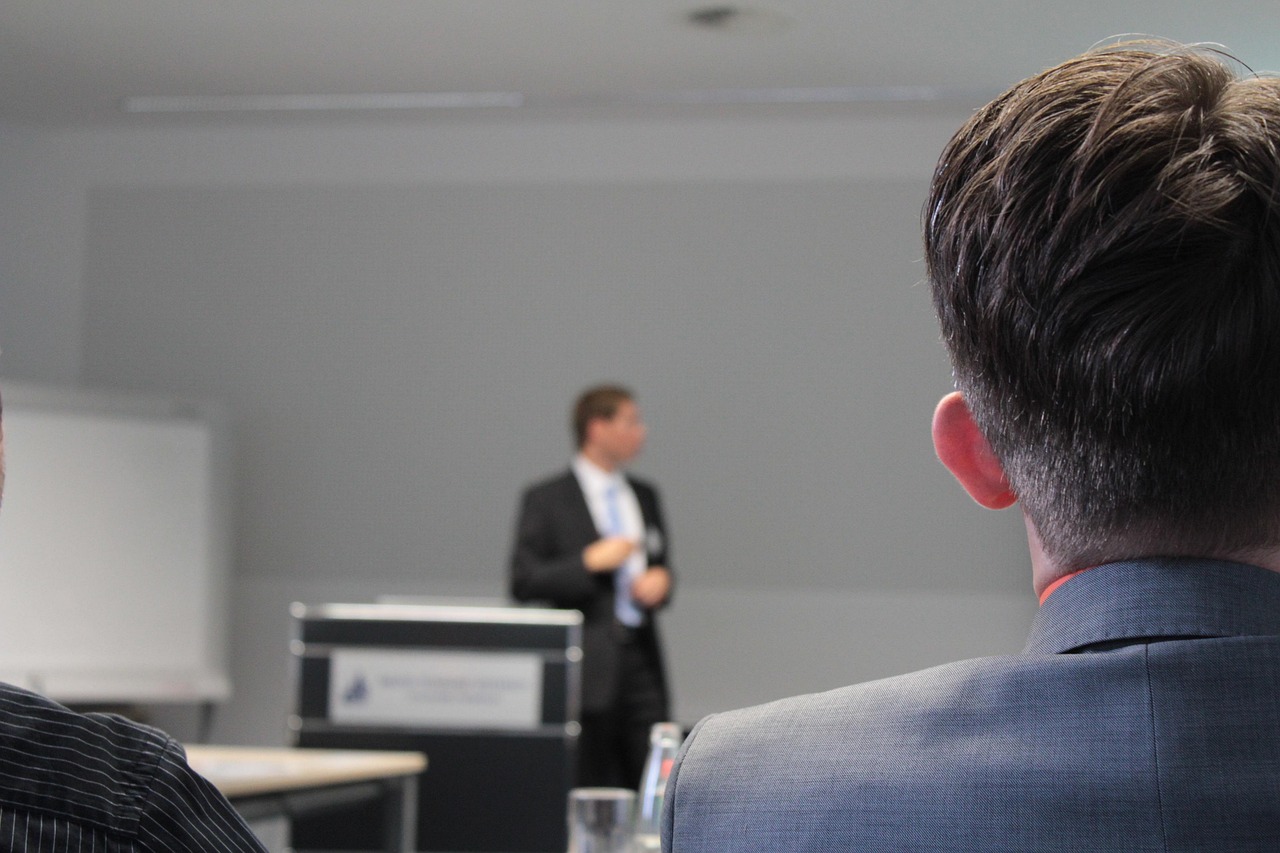






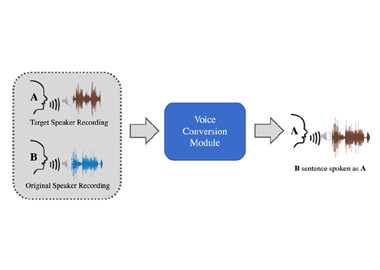

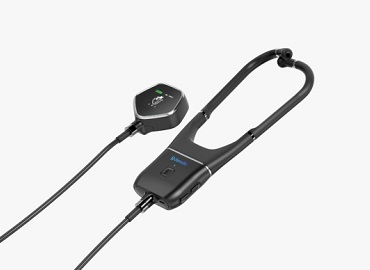





 RTF Estimation Using Riemannian Geometry for Speech Enhancement in the Presence of Interferences
RTF Estimation Using Riemannian Geometry for Speech Enhancement in the Presence of Interferences


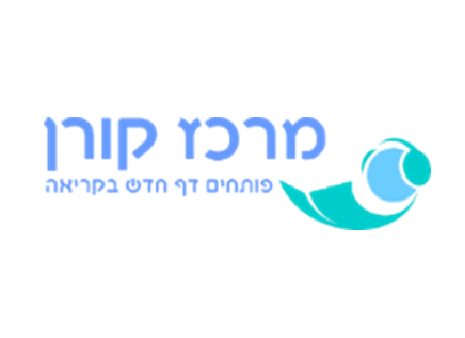

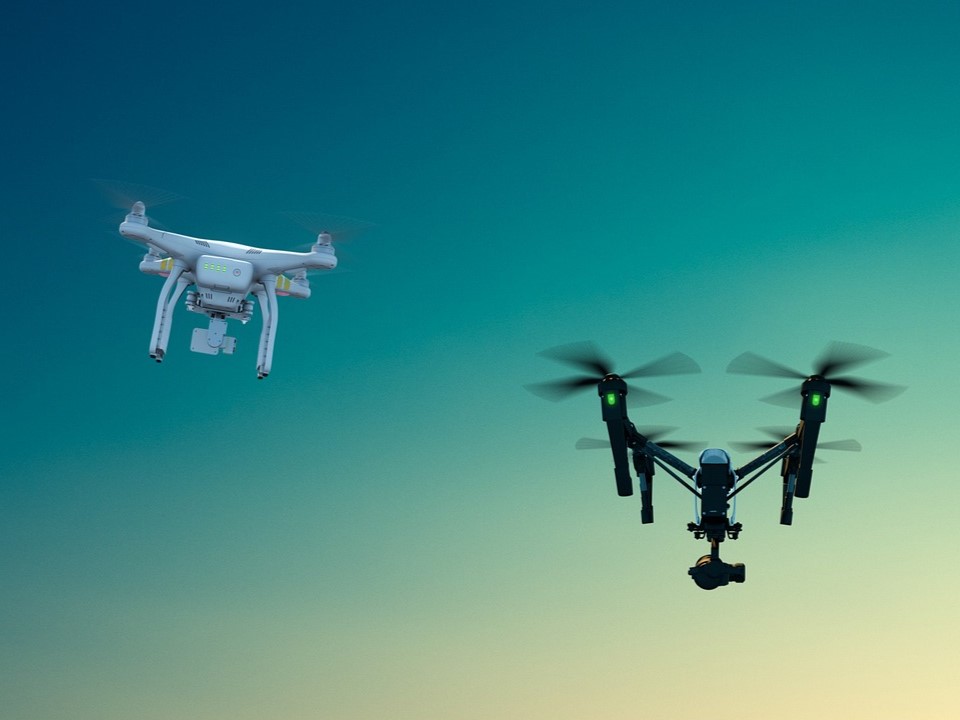

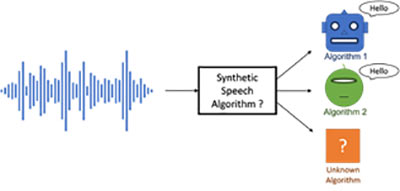
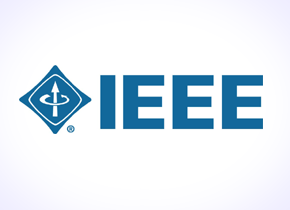

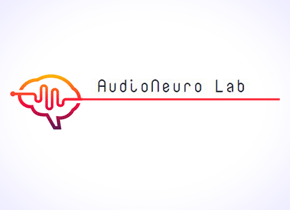
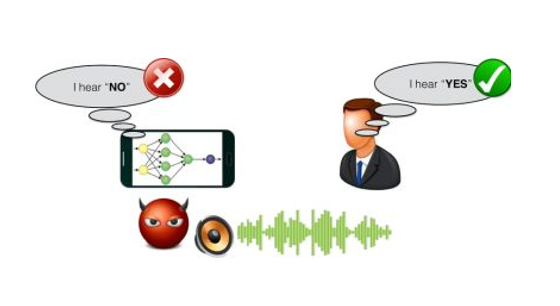
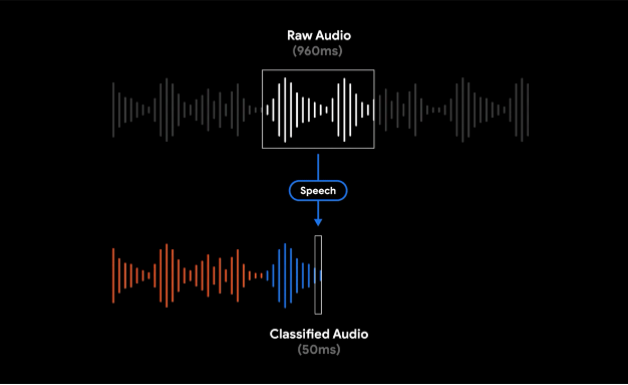
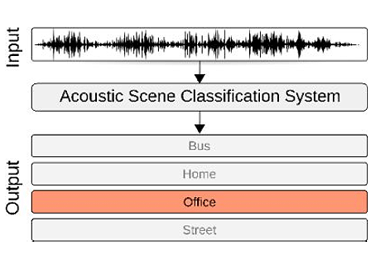


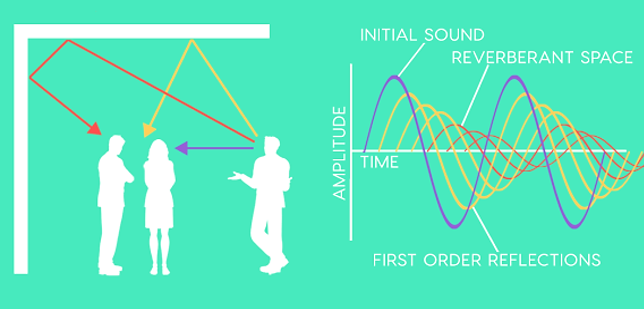

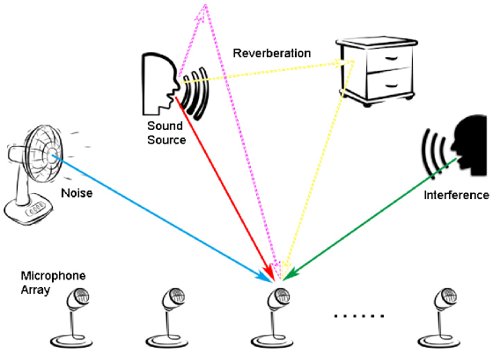
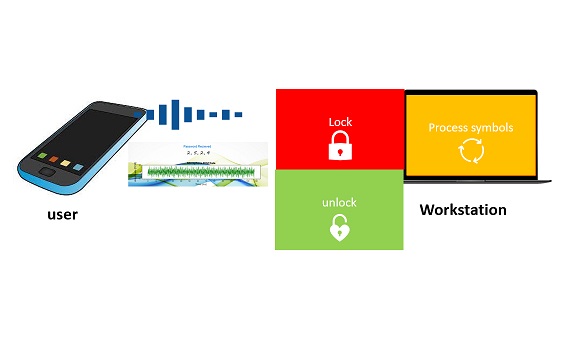
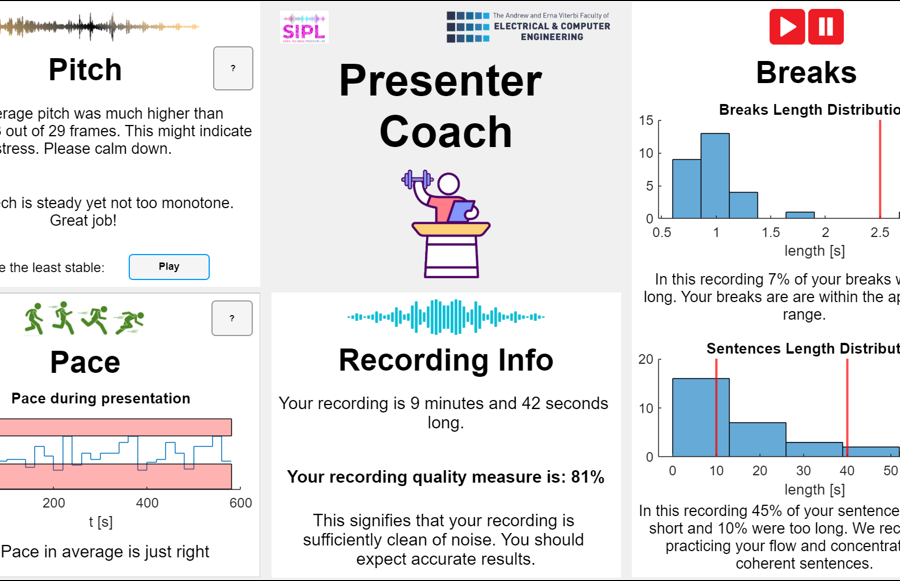
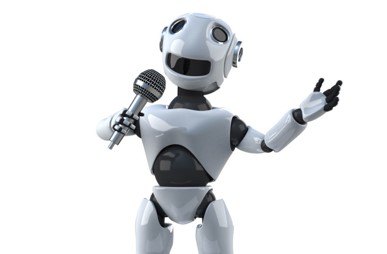
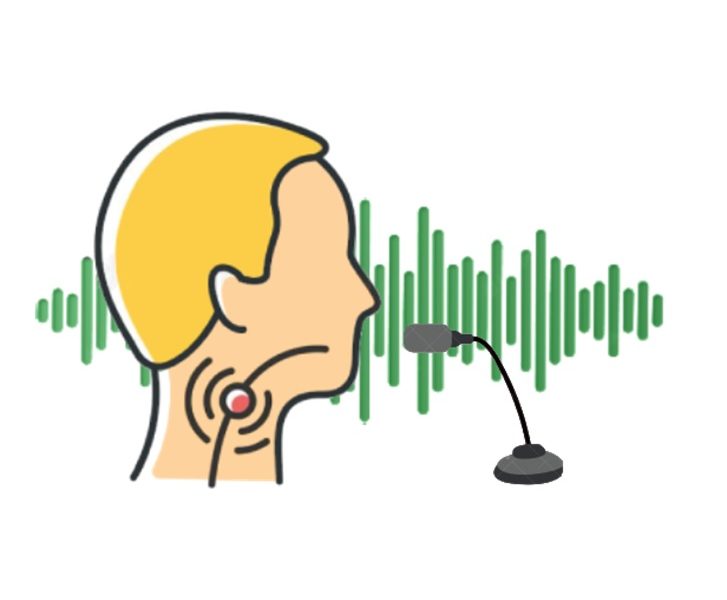
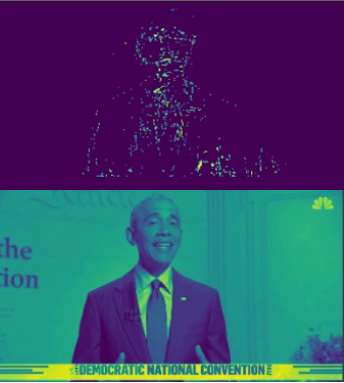
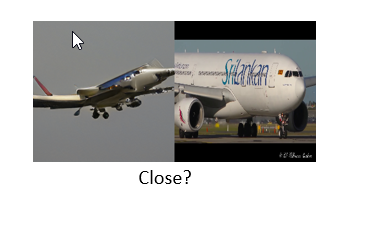
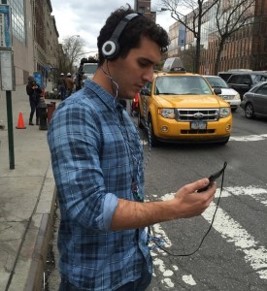
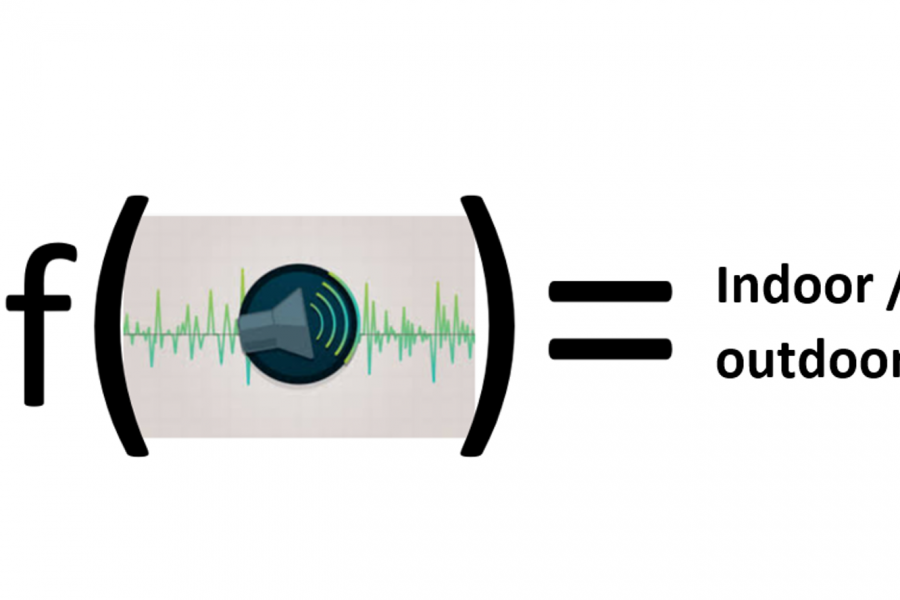


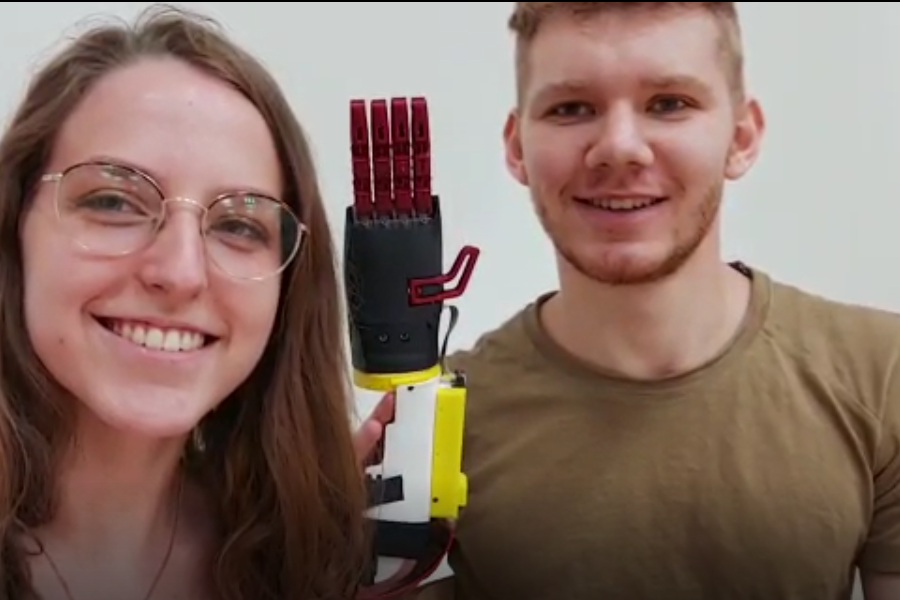

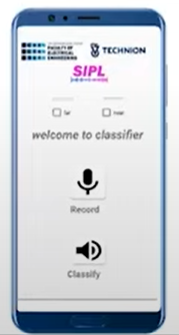

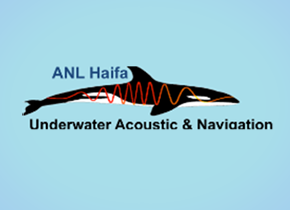


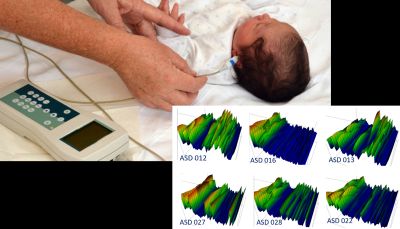
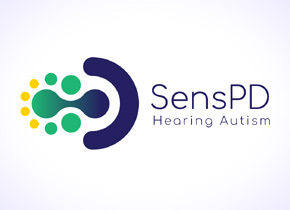
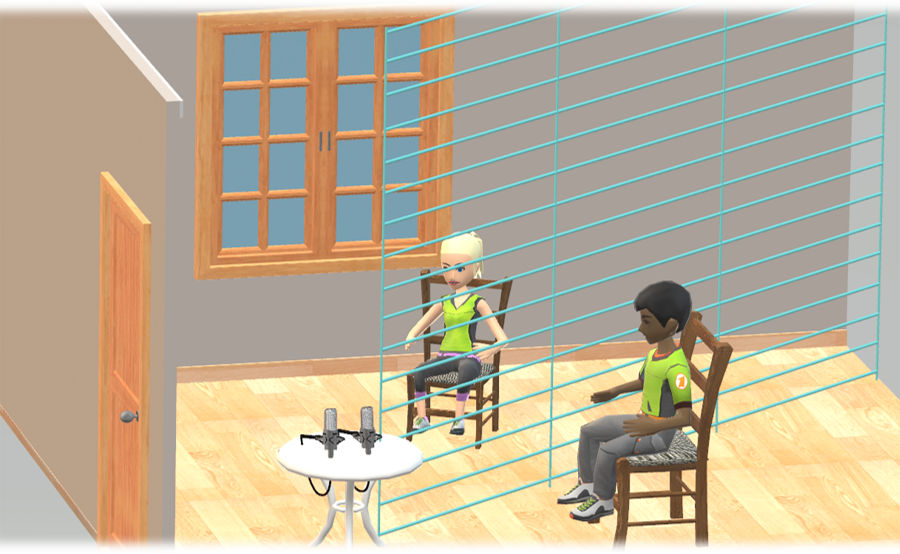
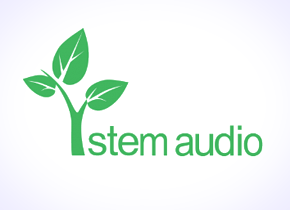

 Speaker Localization Inside a Car Using a Microphone Array
Speaker Localization Inside a Car Using a Microphone Array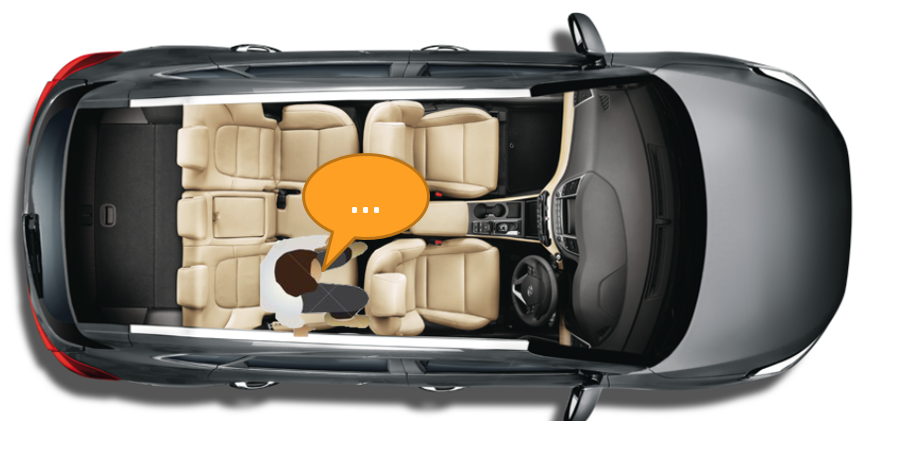

 Iterative adaptive estimation of underwater channel transfer function based on soft information using turbo equalization
Iterative adaptive estimation of underwater channel transfer function based on soft information using turbo equalization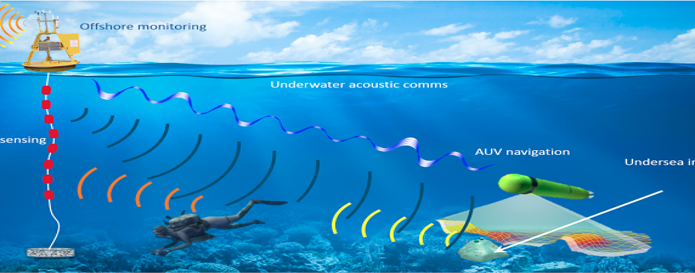

 Proximity Sensor for Smartphones based on Acoustic Measurements
Proximity Sensor for Smartphones based on Acoustic Measurements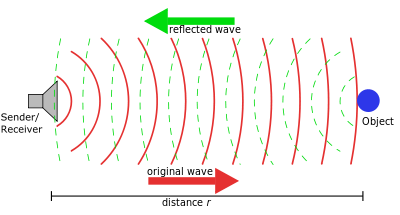
 Speaker Diarization using Deep Learning
Speaker Diarization using Deep Learning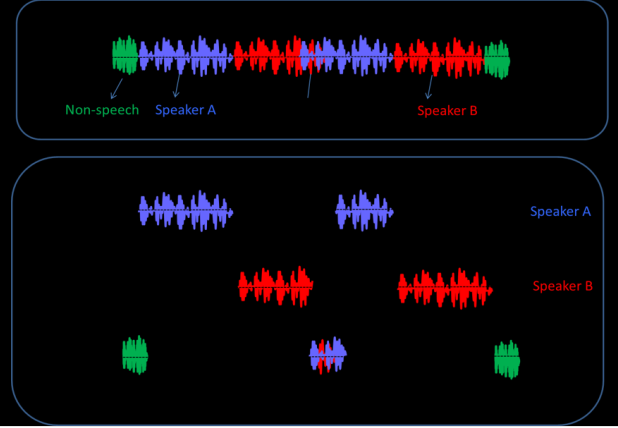
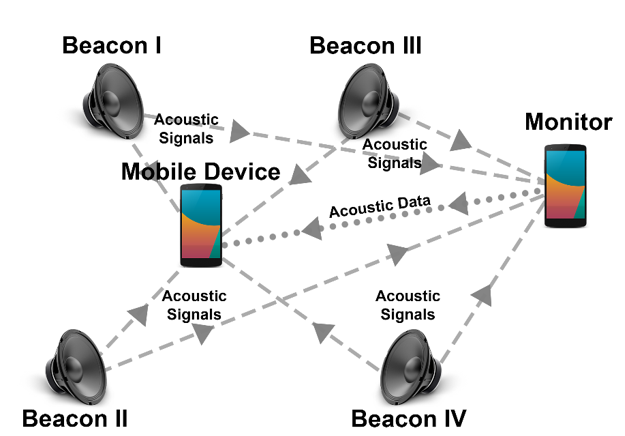
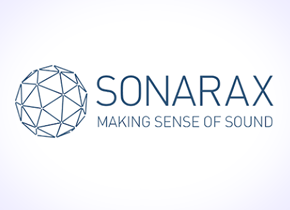
 Robust Automatic Detector And Feature Extractor For Dolphin Whistles
Robust Automatic Detector And Feature Extractor For Dolphin Whistles
 Acoustic positioning with unsynchronized sound sources
Acoustic positioning with unsynchronized sound sources

 Audio retrieval by voice imitation
Audio retrieval by voice imitation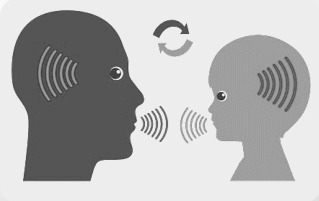
 Siren Detecction Algorithm in Noisy Environment for The Hearing Impared
Siren Detecction Algorithm in Noisy Environment for The Hearing Impared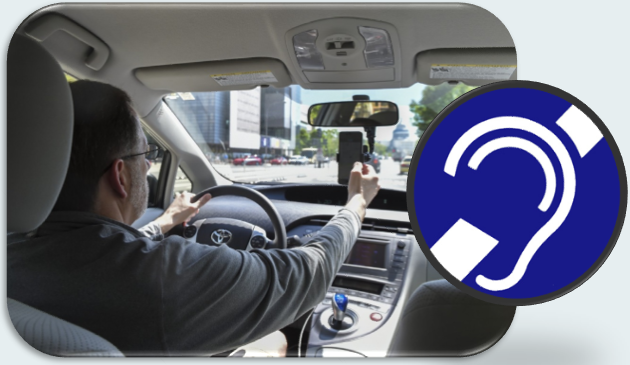
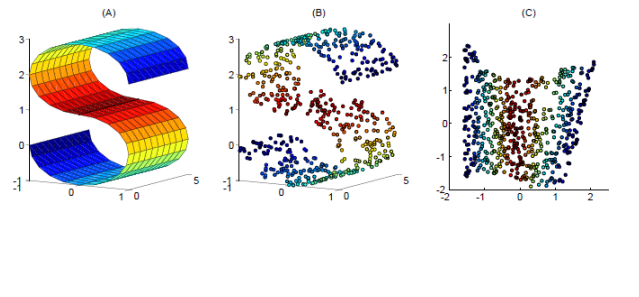
 Audio QR Over Streaming Media
Audio QR Over Streaming Media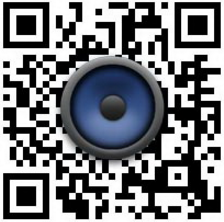

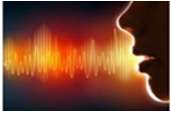



 Non-Coherent Multichannel Speech Enhancement in Non-Stationary Noise Environments
Non-Coherent Multichannel Speech Enhancement in Non-Stationary Noise Environments

 People Metering Using Mobile Devices
People Metering Using Mobile Devices
 Temporal Decomposition of Speech
Temporal Decomposition of Speech
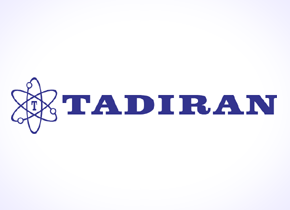
 Speech Bandwidth Extension
Speech Bandwidth Extension
 Detection of Spectral Signature in SONAR Signal, Part A+B
Detection of Spectral Signature in SONAR Signal, Part A+B
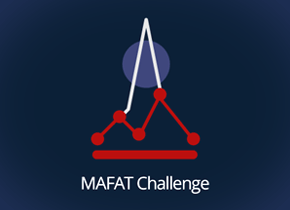
 Voice Morphing
Voice Morphing
 HMM Based Speech Recognition System
HMM Based Speech Recognition System
 Real-Time Digital Watermarking System for Audio Signals Using Perceptual Masking
Real-Time Digital Watermarking System for Audio Signals Using Perceptual Masking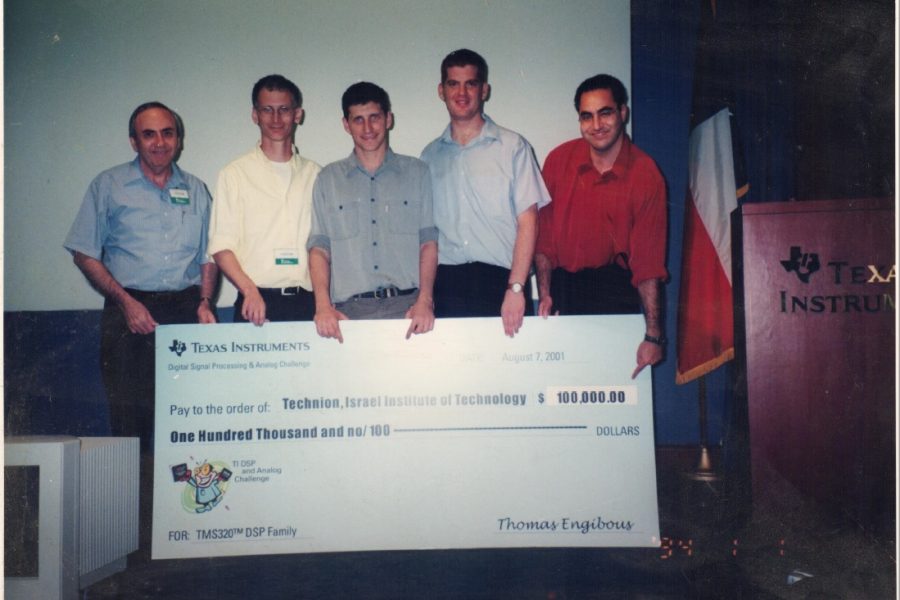
 Development of a New Algorithm for Voice Modification
Development of a New Algorithm for Voice Modification
 Real-Time Embedding of Digital Watermarking for Audio Signal
Real-Time Embedding of Digital Watermarking for Audio Signal
 Real Time Implementation of Low Bit-Rate Speech Compression on Sharc DSP
Real Time Implementation of Low Bit-Rate Speech Compression on Sharc DSP
 Widening of Band-Width in Telephony
Widening of Band-Width in Telephony






